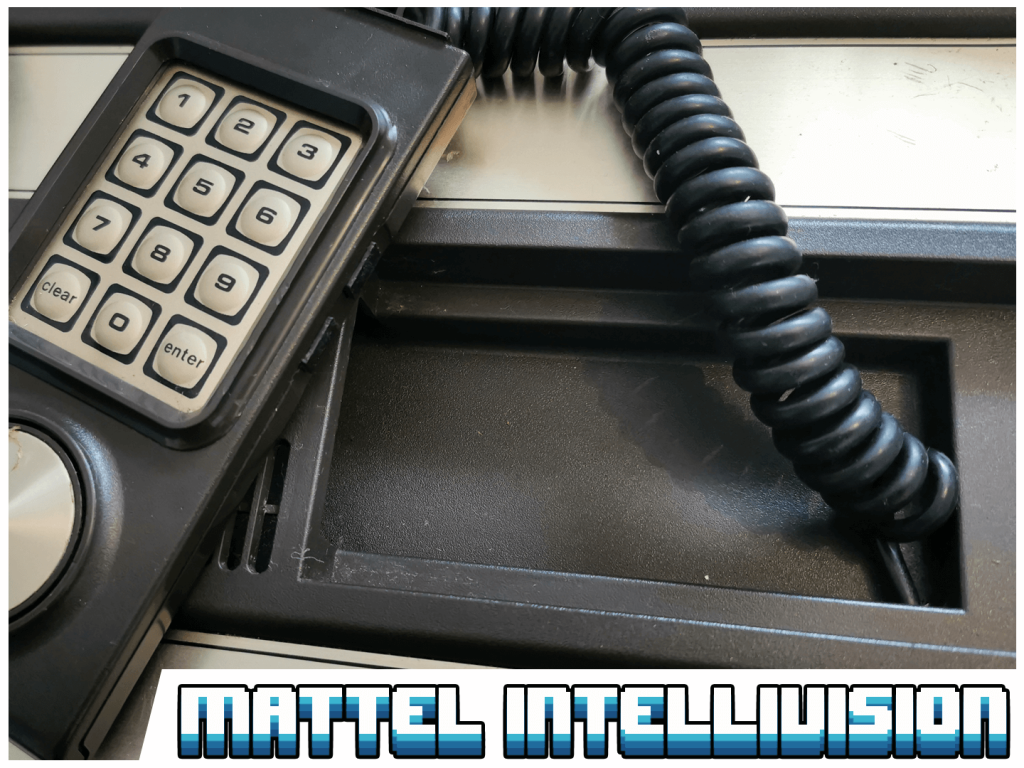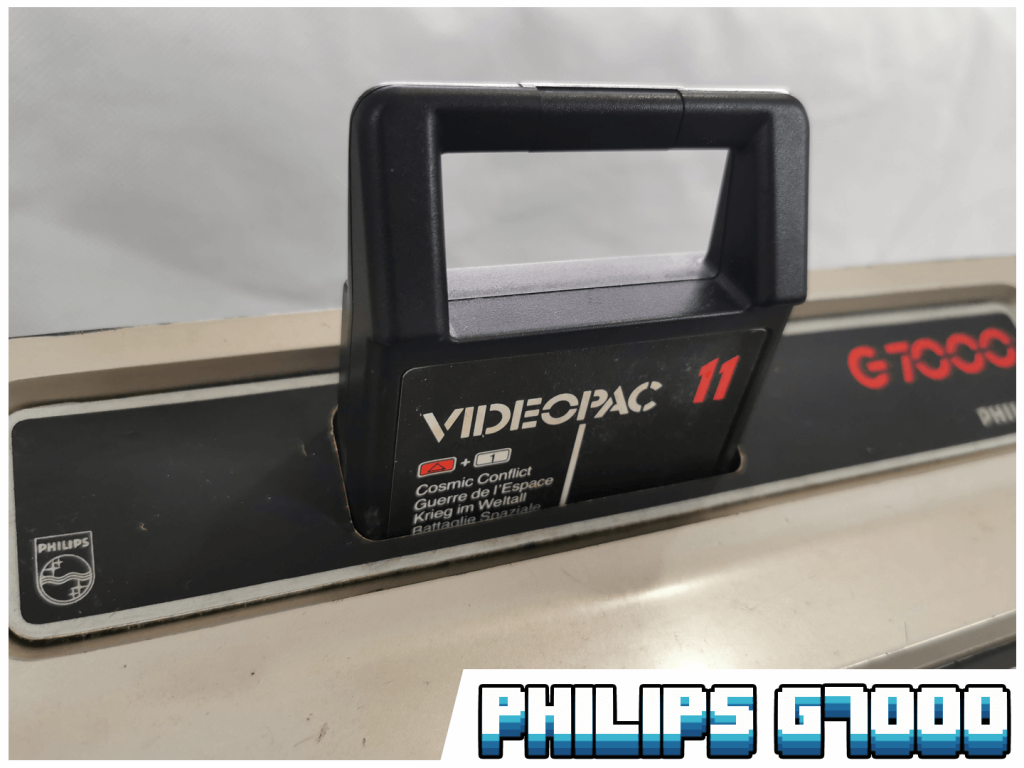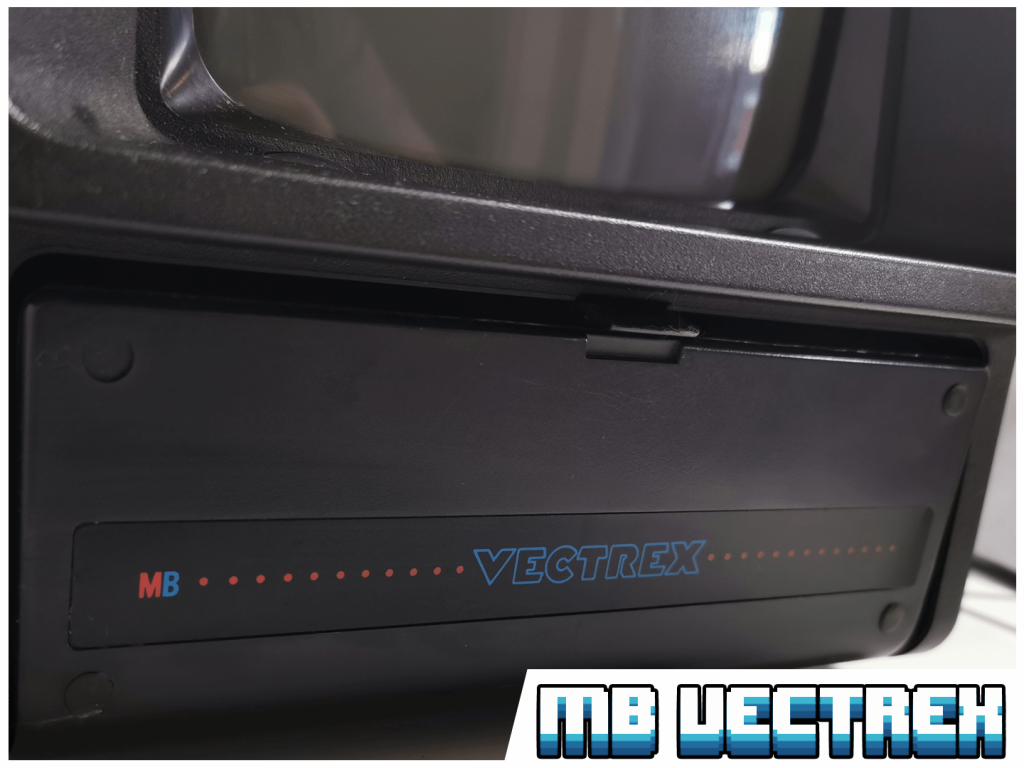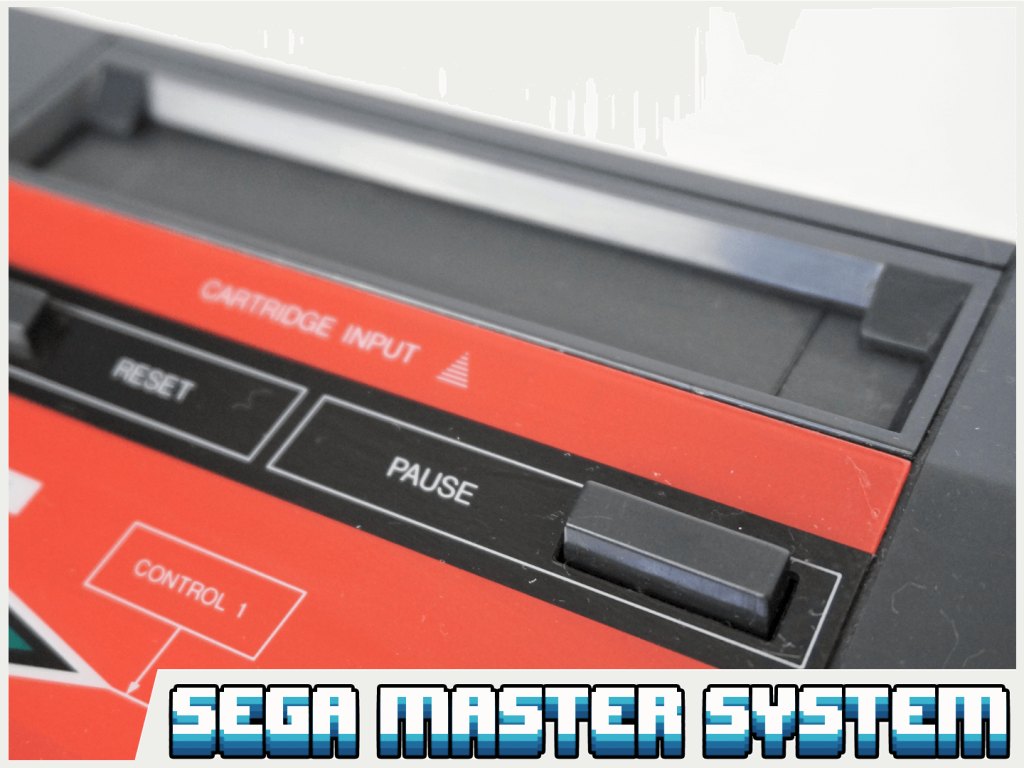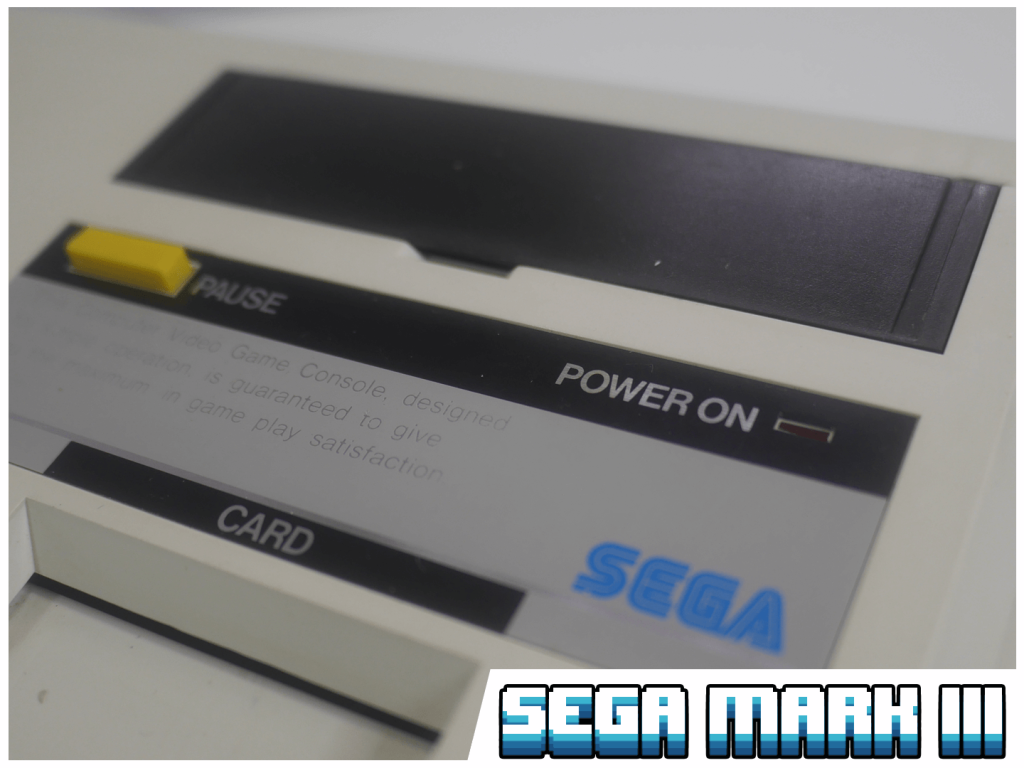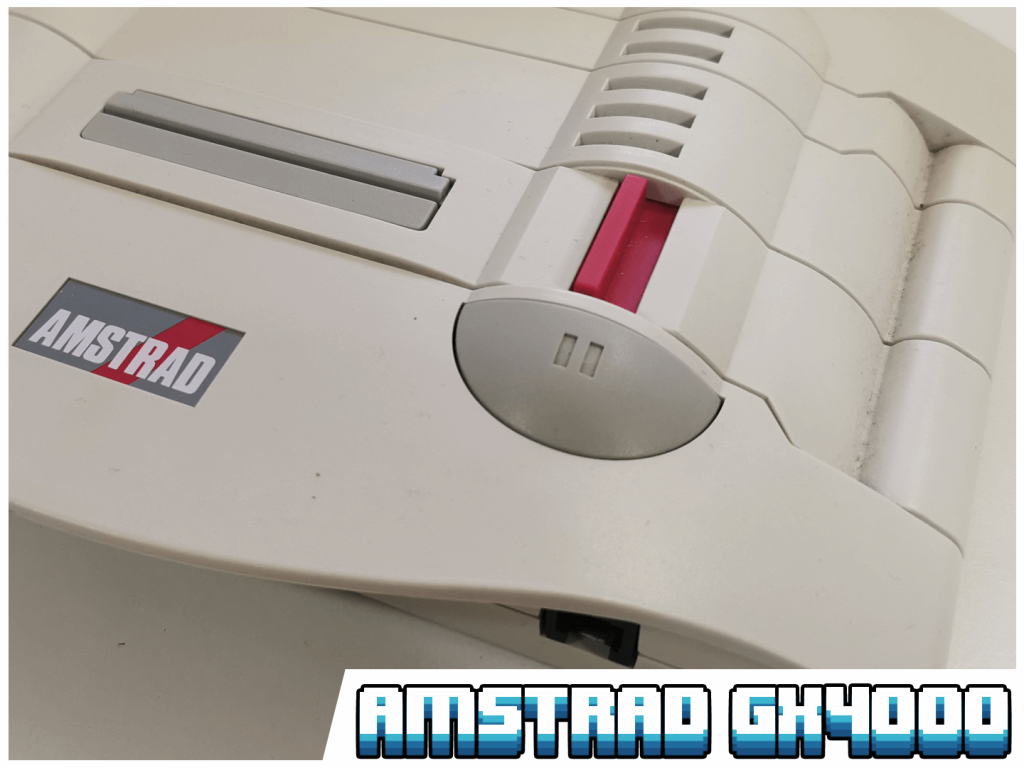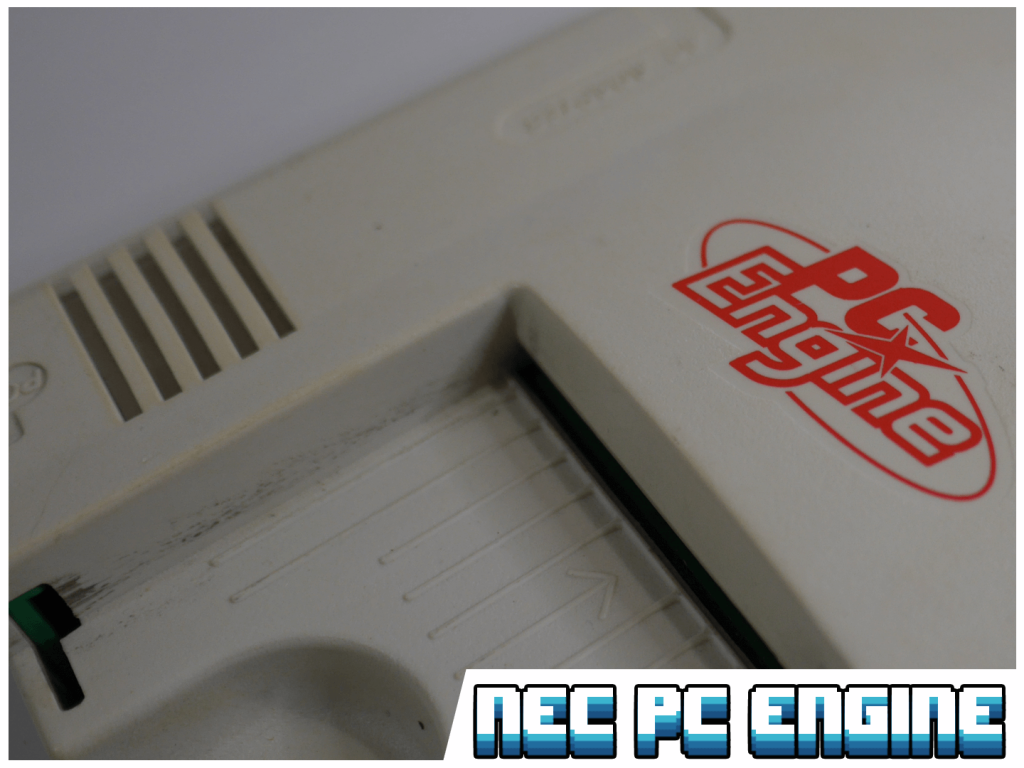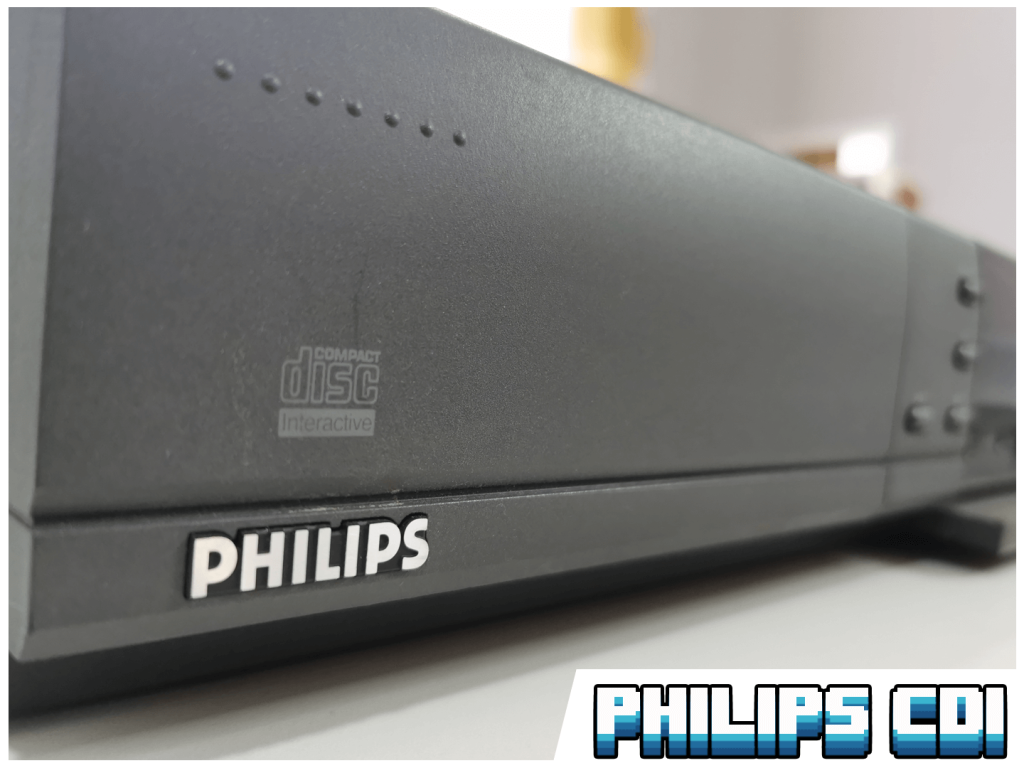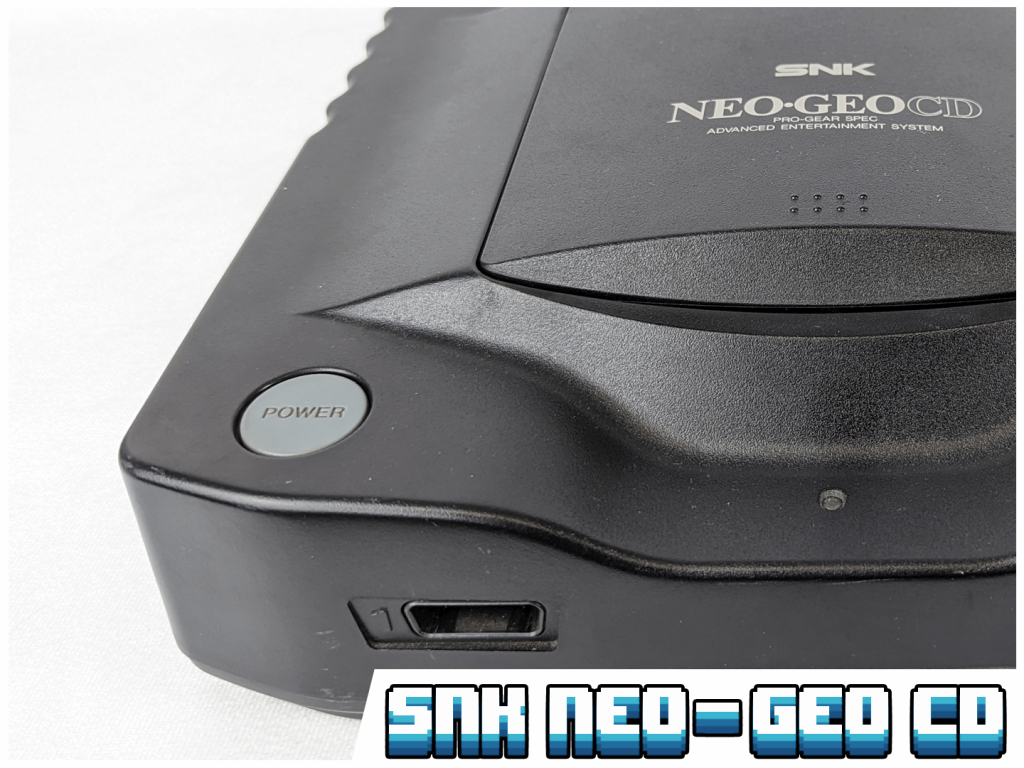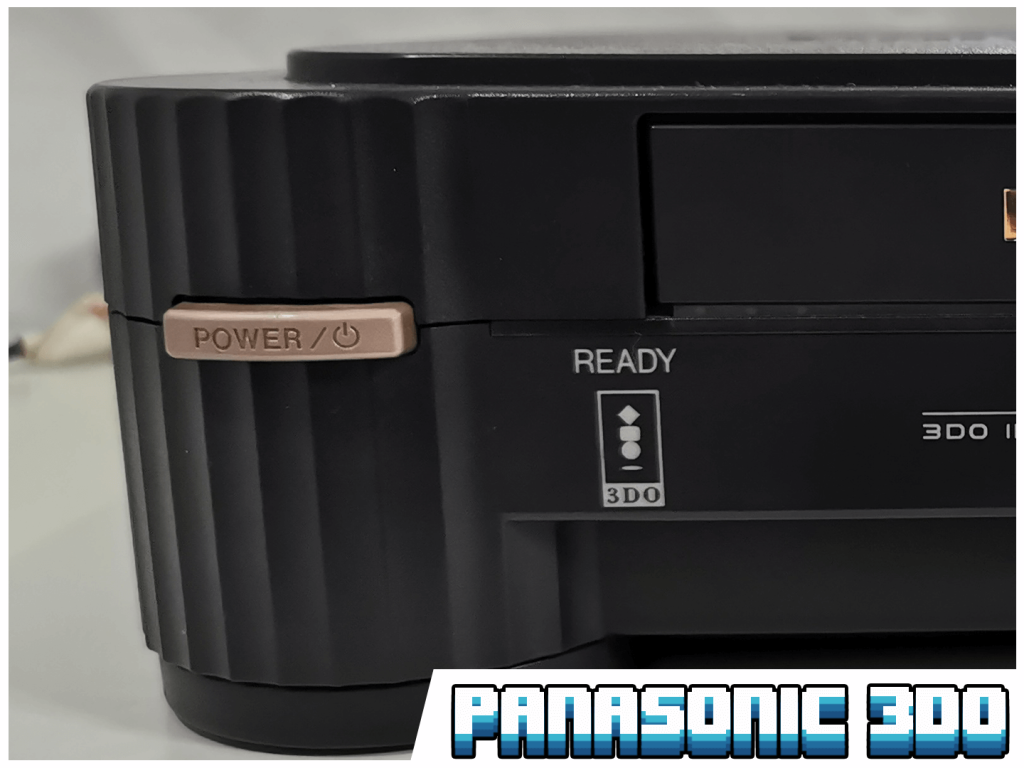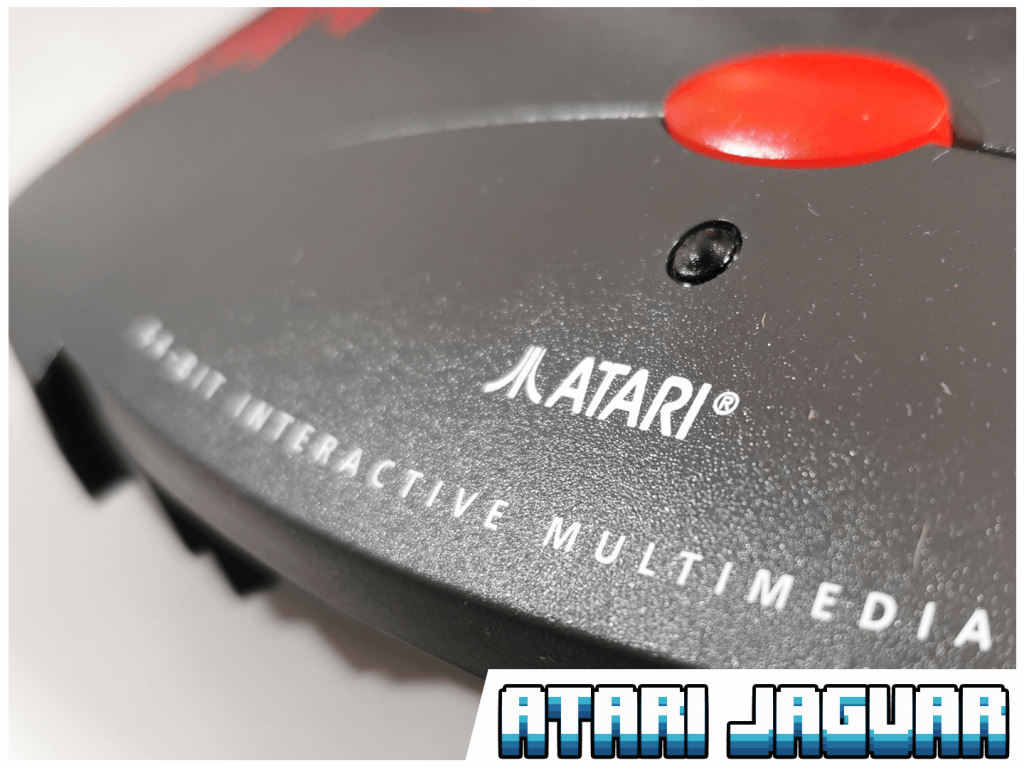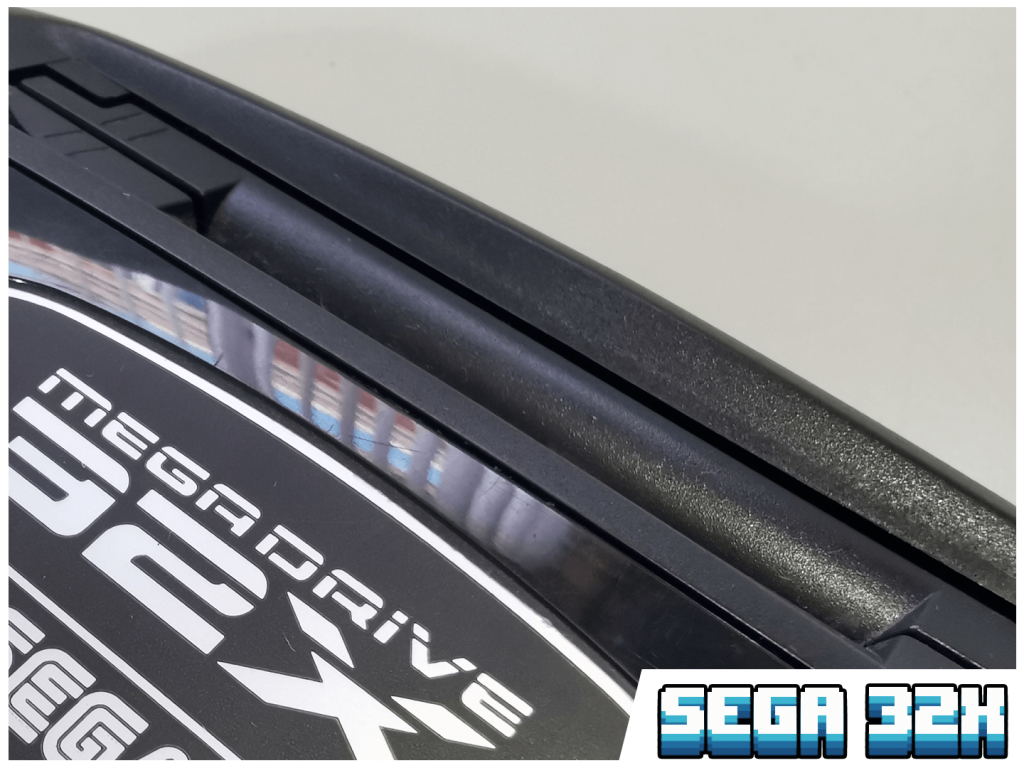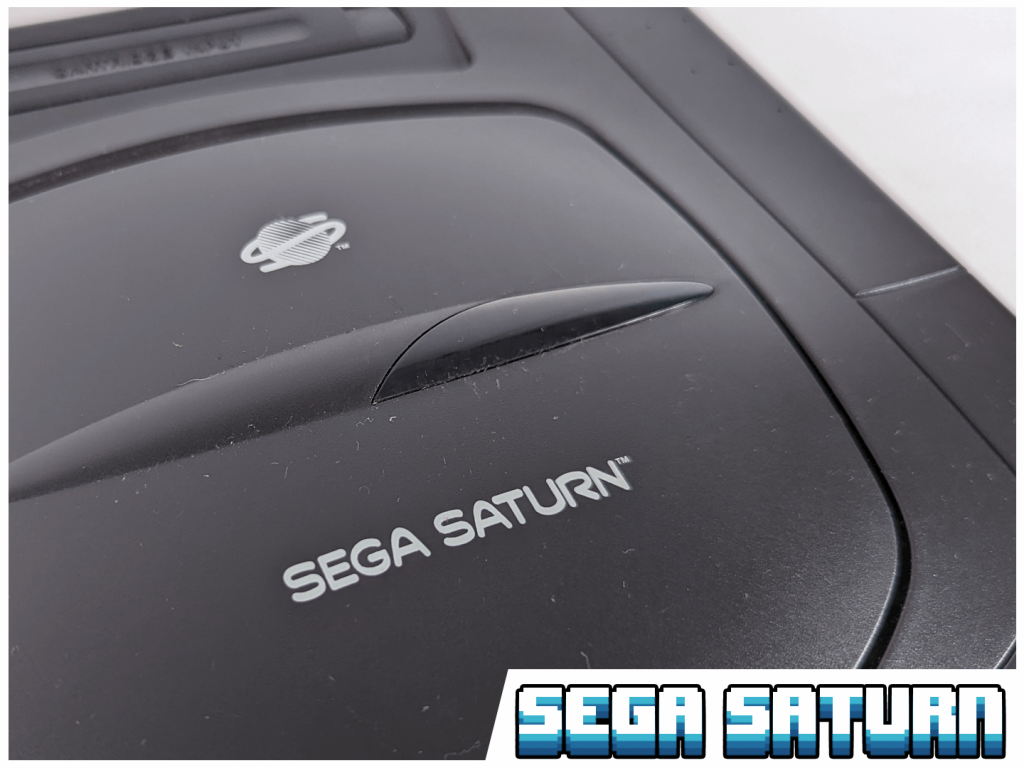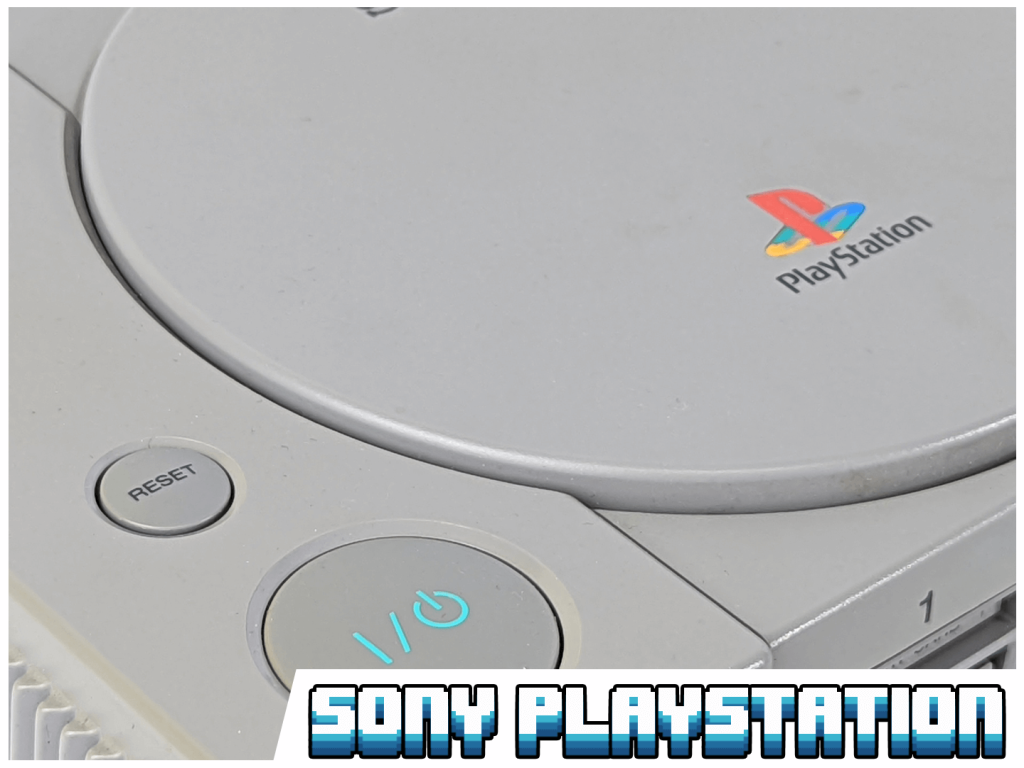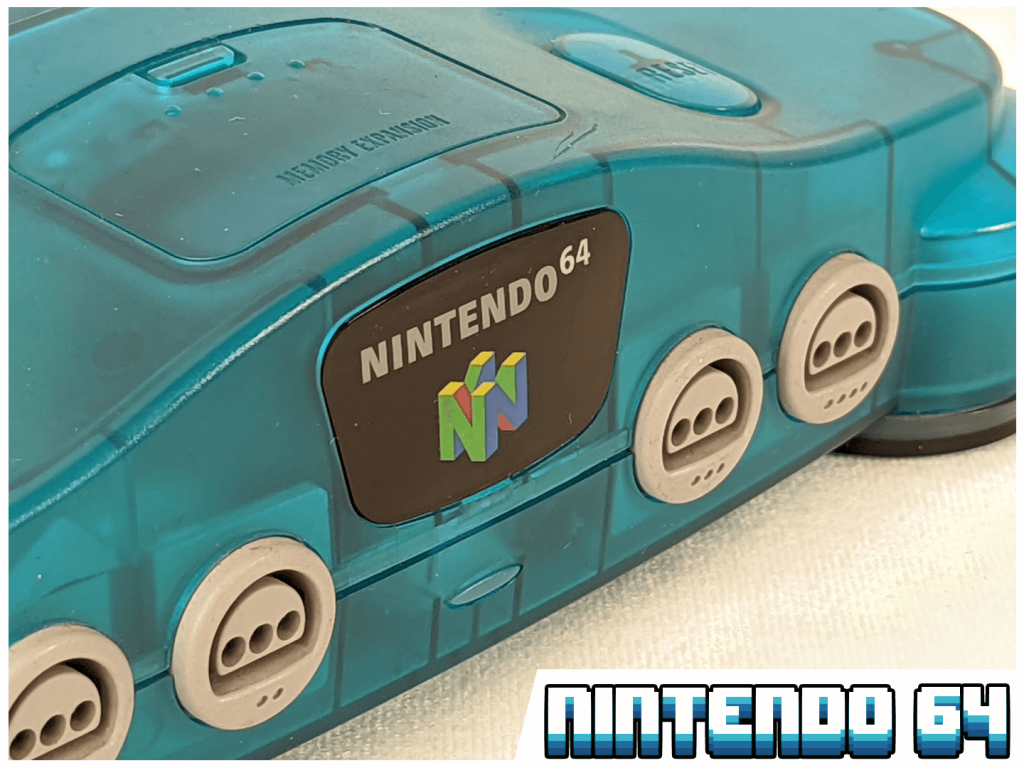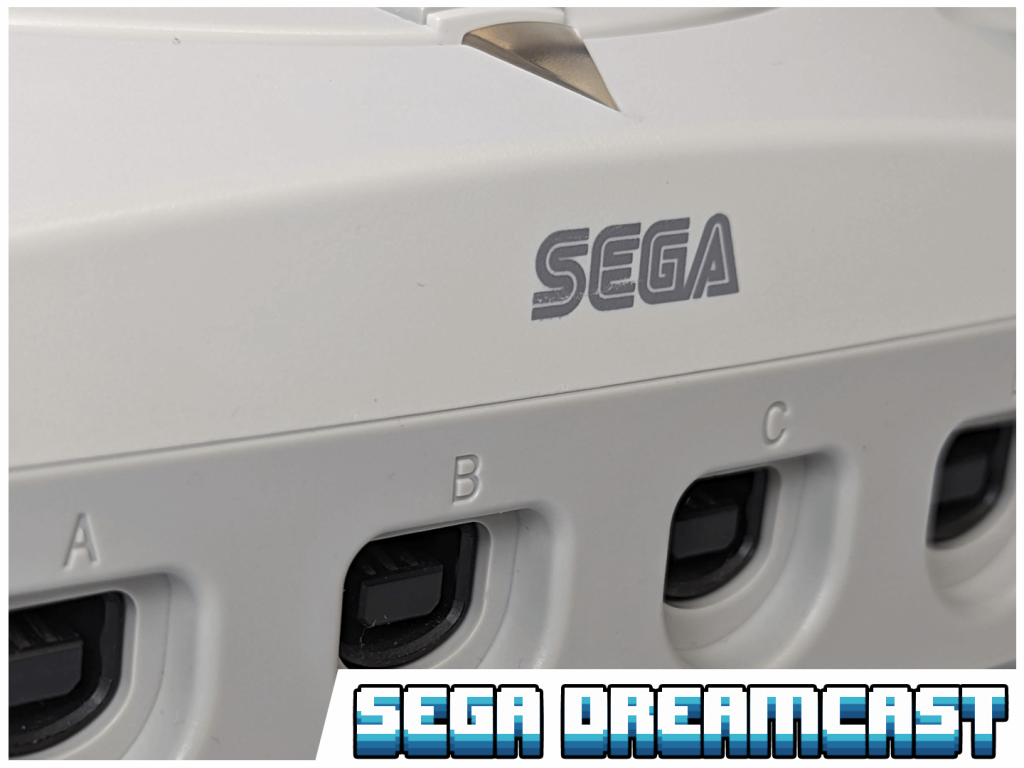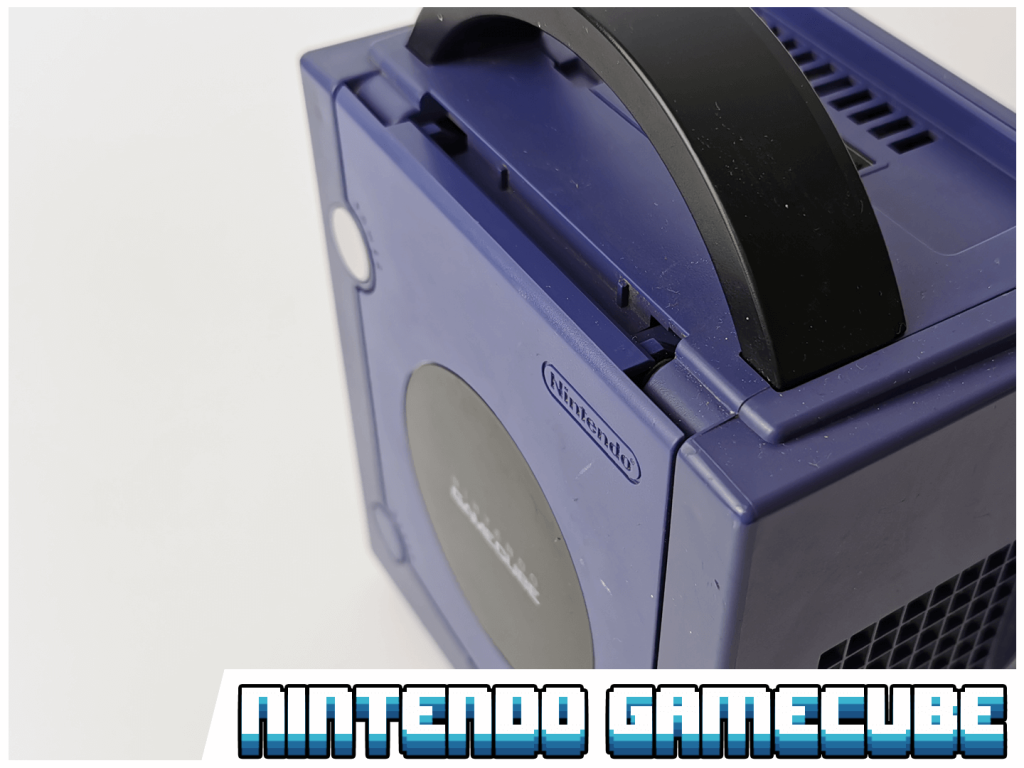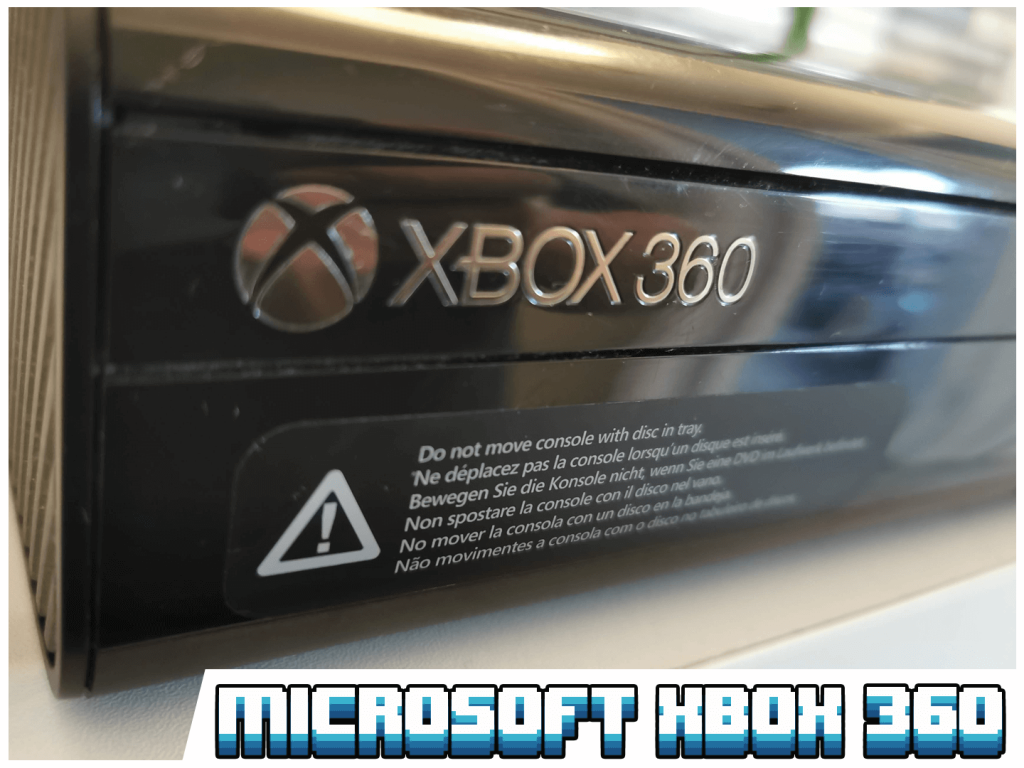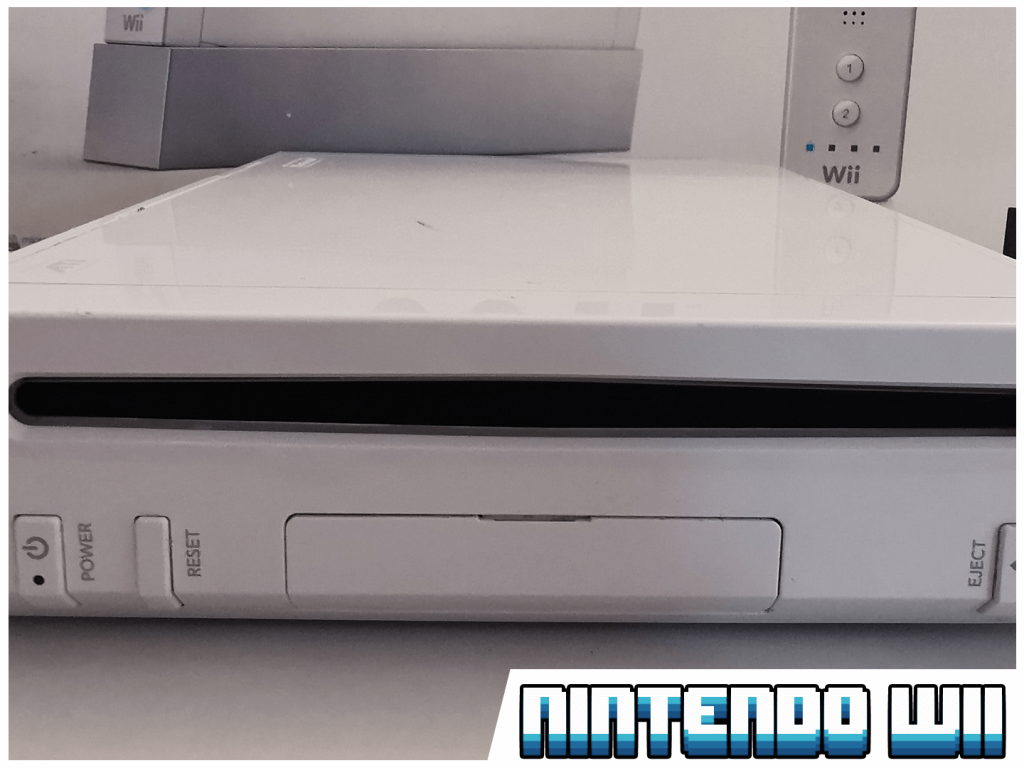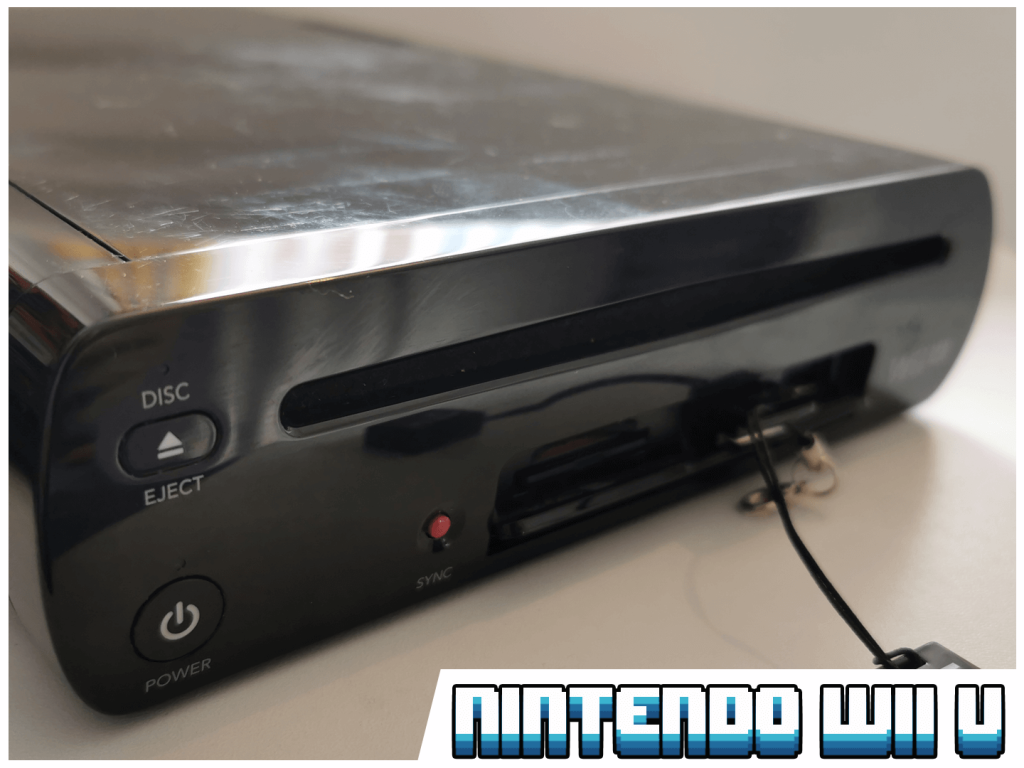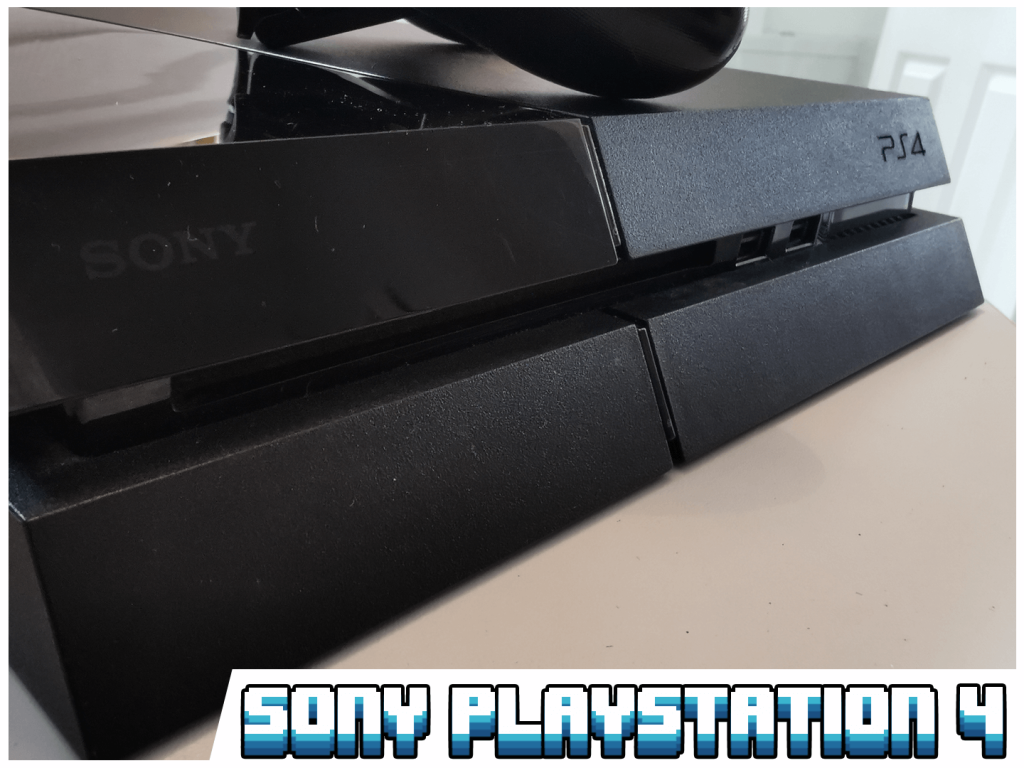This is my current home console collection, separated in the console generation it belongs to.
In the video game industry, the market for home video game consoles has frequently been segmented into generations, grouping consoles that are considered to have shared in a competitive marketspace. Since the first home consoles in 1972, there have been nine defined home console generations.
A new console generation typically has occurred approximately every five years, though more recent generations have had extended periods due to the use of console revisions rather than completely new designs. Not all home consoles are defined as part of these generations; only those considered to be significant competitive consoles are classed into generations, and systems such as microconsoles are often omitted from these generations.
I have have no consoles from the first generation of home consoles at the moment. So I will start at the second generation.
Second Generation (1976-1992)
The second generation of games consoles was a period of innovation and competition in the video game industry from 1976 to 1992. Some of the notable platforms of this era were the Fairchild Channel F, Atari 2600, Intellivision, Odyssey 2, and ColecoVision. These consoles used microprocessors, cartridges, and improved graphics and sound to bring arcade-style games to the home.
Some of the popular games of this generation were Space Invaders, Pac-Man, Donkey Kong, and Pitfall. However, the market also suffered from over-saturation, low-quality games, and the rise of personal computers, leading to the video game crash of 1983.
Please select system for more info and photos.
Third Generation (1983-2003)
The third generation of games consoles, also known as the 8-bit era, began in 1983 with the launch of two systems in Japan: Nintendo’s Family Computer (Famicom) and Sega’s SG-1000. This generation also introduced the ability to save games on the cartridges, allowing for more expansive and complex gaming worlds.
The best-selling console of this generation was the Famicom, which was remodeled and marketed as the Nintendo Entertainment System (NES) outside of Japan. The NES dominated the market in Japan and North America, while the Sega Master System (the successor to the SG-1000) was more popular in Europe and Brazil.
Some of the popular games of this generation were Super Mario Bros, The Legend of Zelda, and Sonic the Hedgehog.
Please select system for more info and photos.
Forth Generation (1987-2004)
The fourth generation of games consoles, also known as the 16-bit era, started in 1987 with the release of NEC’s PC Engine (TurboGrafx-16) in Japan. This generation was marked by intense competition between Nintendo and Sega, who released their flagship consoles, the Super Famicom (SNES) and the Mega Drive (Genesis), respectively.
A notable console of this generation was the Neo Geo AES, which was a home version of SNK’s arcade system. The Neo Geo AES offered high-quality graphics and sound, but was very expensive and had a limited library of games. The Neo Geo AES was the longest-lived console of this generation, lasting until 2004.
Some of the popular games of this generation were Super Mario World, The Legend of Zelda: A Link to the Past, Sonic the Hedgehog 2, and Street Fighter II.
Please select system for more info and photos.
Fifth Generation (1993-2006)
The fifth generation of video game consoles was a period from 1993 to 2006, when the video game industry transitioned from 2D to 3D graphics, and from ROM cartridges to optical discs. The most popular consoles of this era were the Sega Saturn, the Sony PlayStation, and the Nintendo 64, which competed with each other in terms of graphics, performance, and game library.
The fifth generation also saw the emergence of some unsuccessful consoles, such as the 3DO, the Atari Jaguar, the Amiga CD32, and the PC-FX, which failed to gain a significant market share.
Please select system for more info and photos.
Sixth Generation (1998-2013)
The sixth generation of video game consoles was a period from 1998 to 2006, when the video game industry advanced from 3D to more realistic graphics, and from optical discs to online gaming. The main consoles of this era were the Sega Dreamcast, the Sony PlayStation 2, the Nintendo GameCube, and the Microsoft Xbox.
Please select system for more info and photos.
Seventh Generation (2005-2017)
The seventh generation of video game consoles was a period from 2005 to 2017, when the video game industry introduced new technologies such as high-definition graphics, motion controls, online gaming, and DVD playback. The main consoles of this era were the Microsoft Xbox 360, the Sony PlayStation 3, and the Nintendo Wii.
Please select system for more info and photos.
Eighth Generation (2012-Present)
The eighth generation of video game consoles began in 2012, and consists of four home video game consoles: the Wii U released in 2012, the PlayStation 4 family in 2013, the Xbox One family in 2013, and the Nintendo Switch family in 2017. The generation offered few signature hardware innovations, but improved the graphics, performance, and online gaming capabilities of the consoles.
Please select system for more info and photos.
Ninth Generation (2020-Present)
The ninth generation of video game consoles began in November 2020 with the releases of Microsoft’s Xbox Series X and Series S console family and Sony’s PlayStation 5. Compared to the previous generation, the new consoles offer faster computation and graphics processors, support for real-time ray tracing graphics, output for 4K and 8K resolution, and new internal solid-state drive systems to reduce loading times and support in-game streaming.
Please select system for more info and photos.


